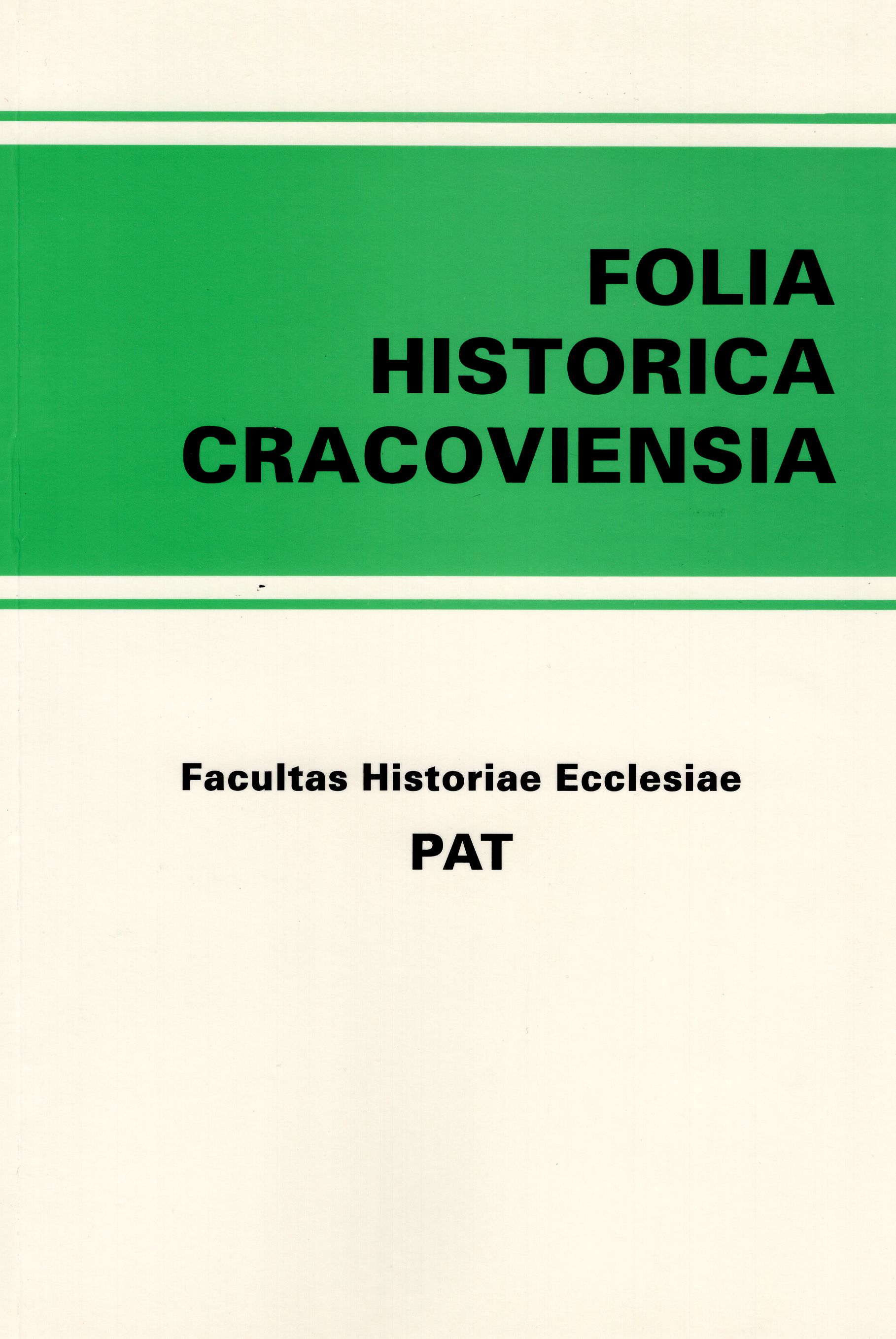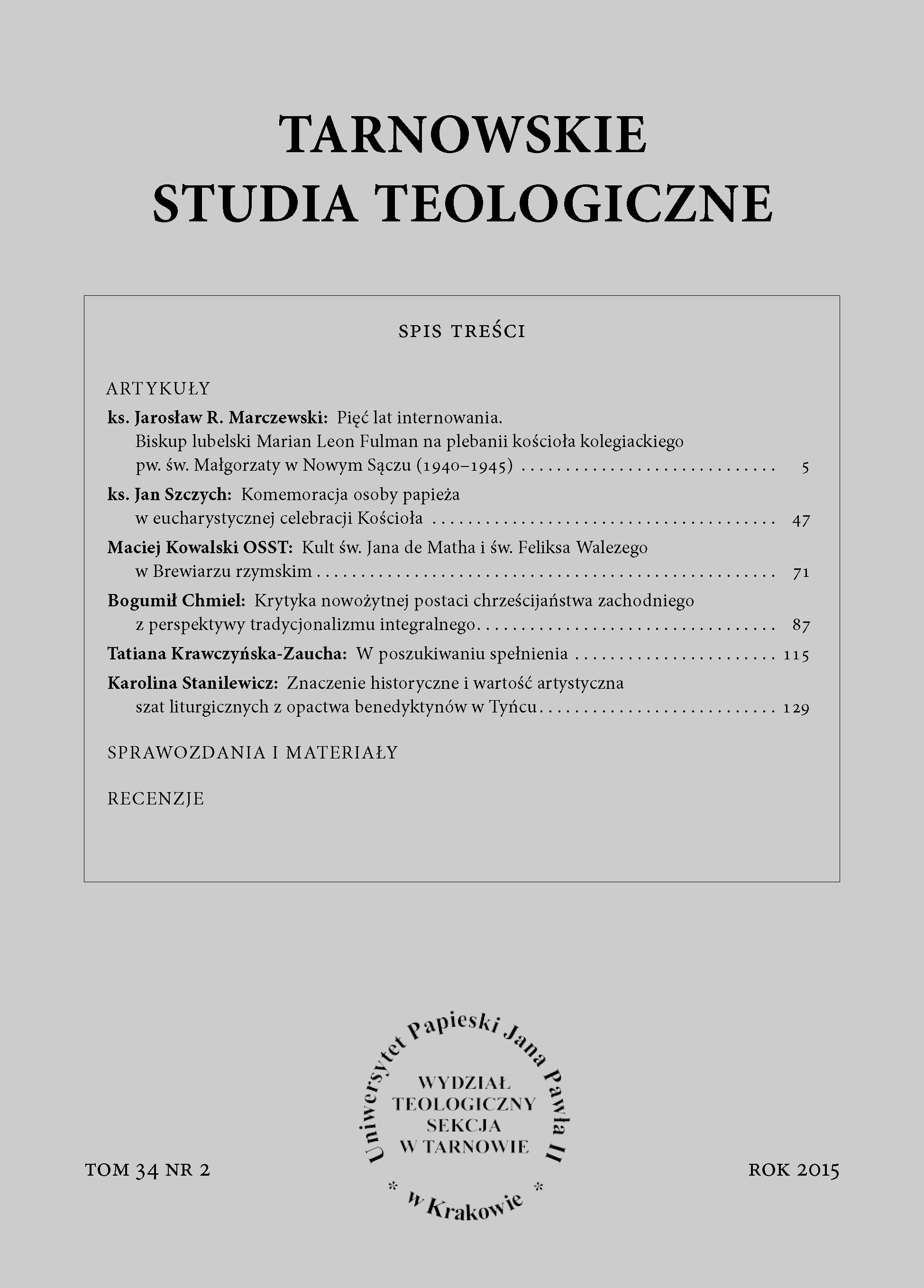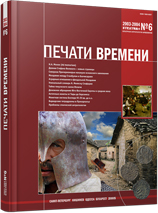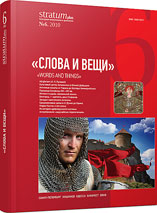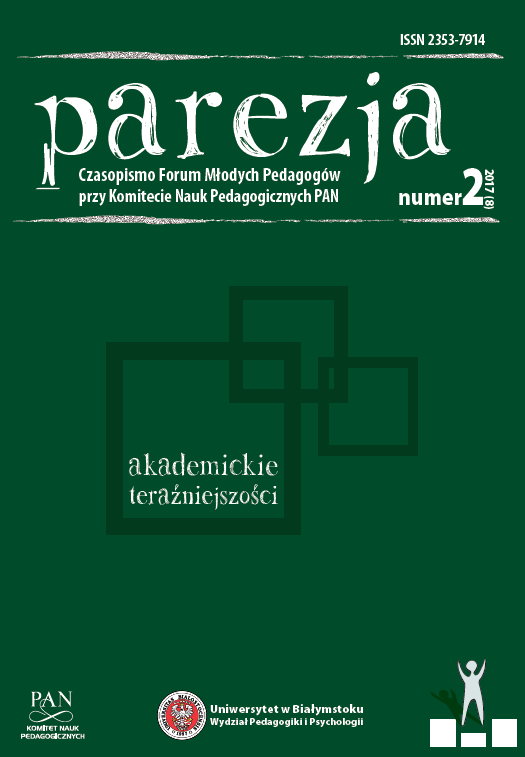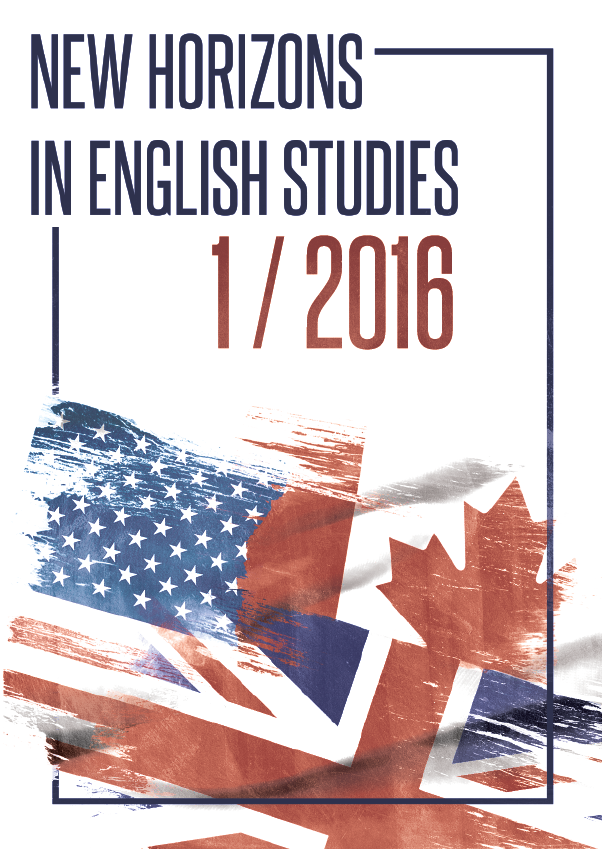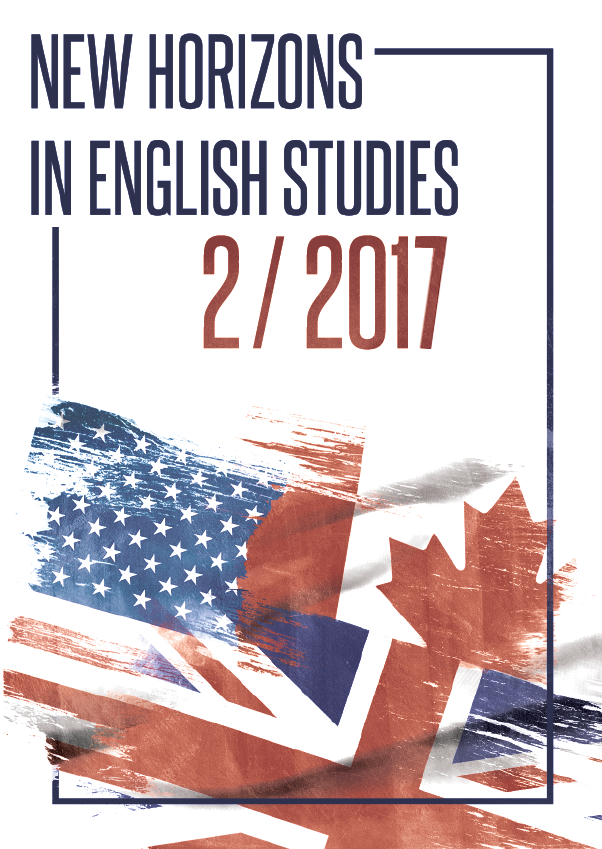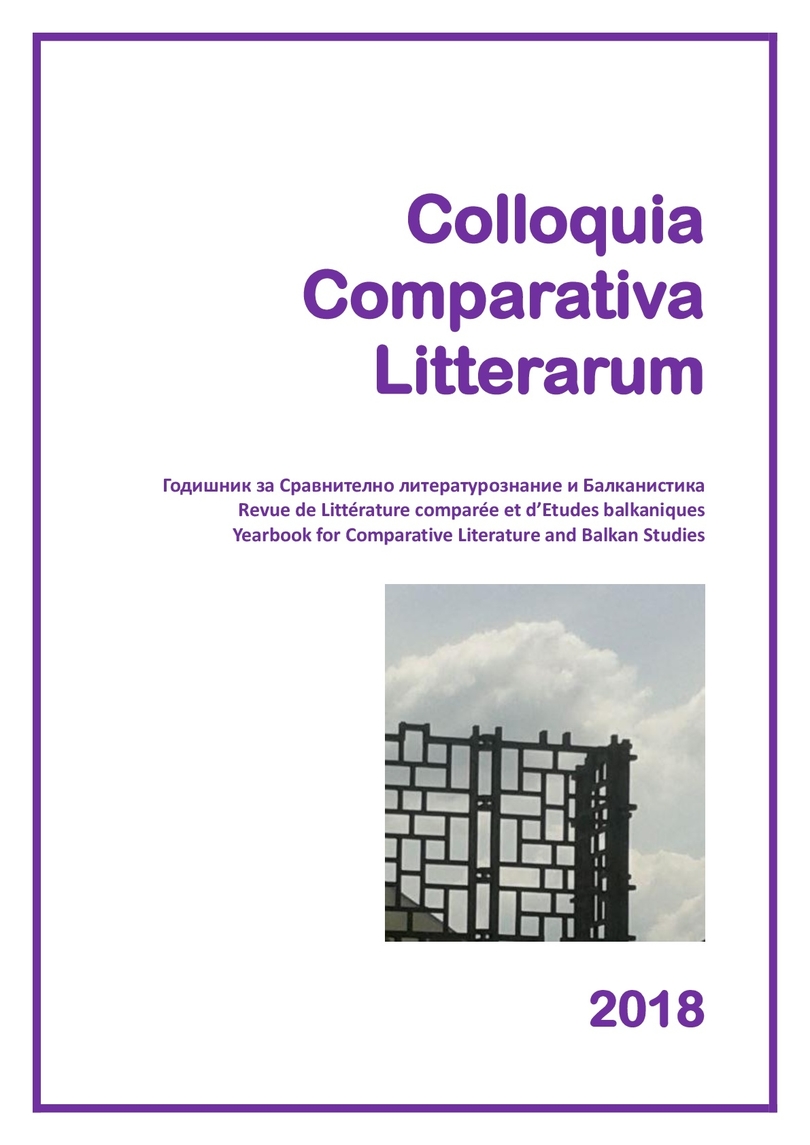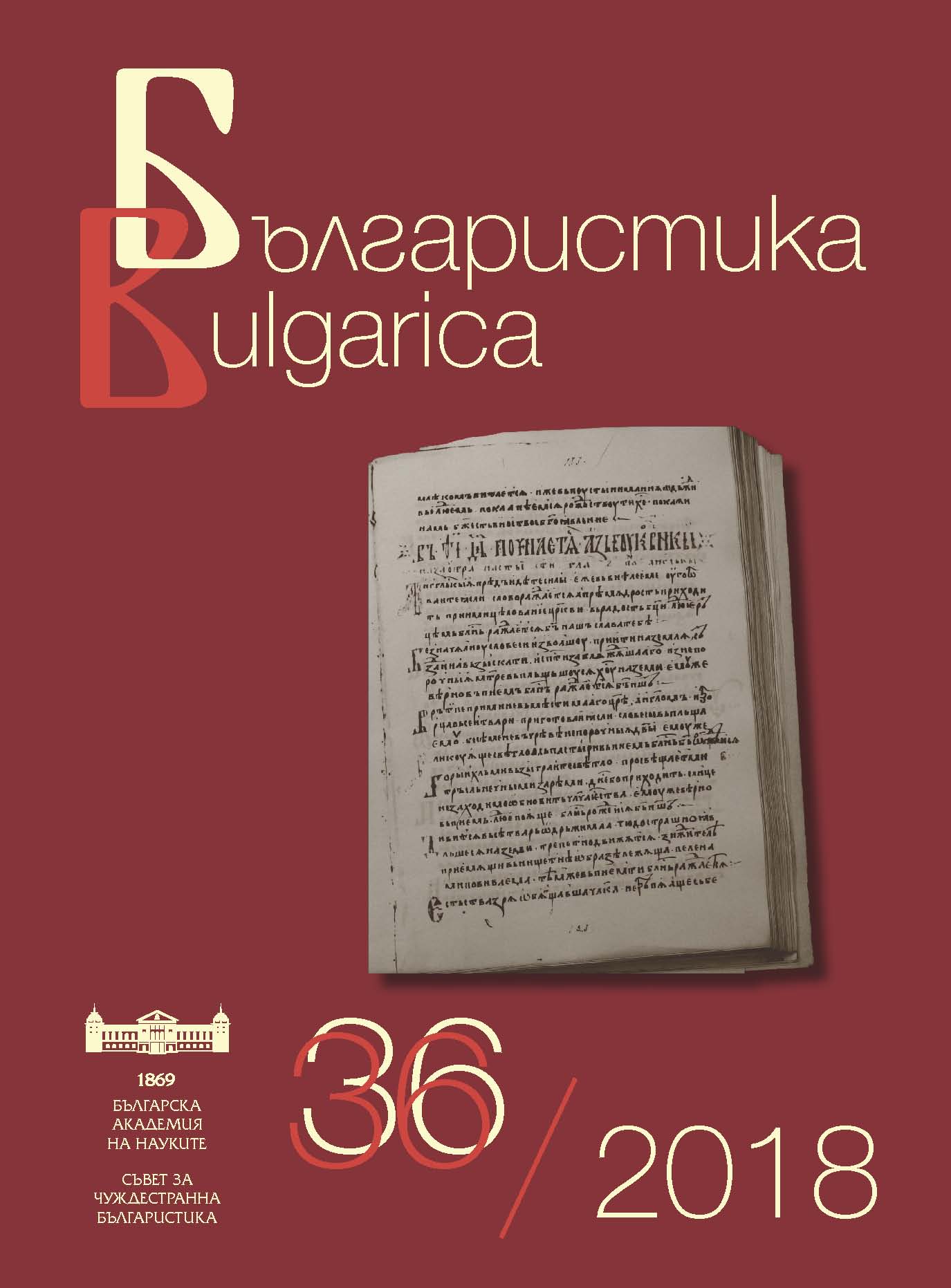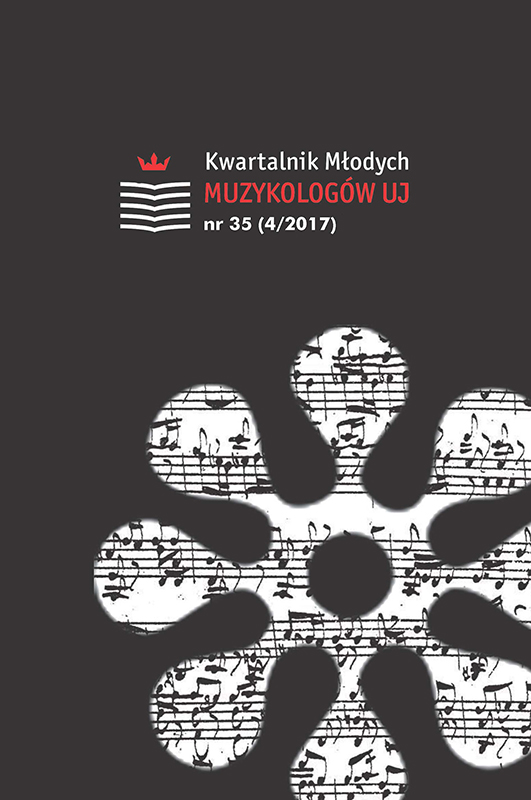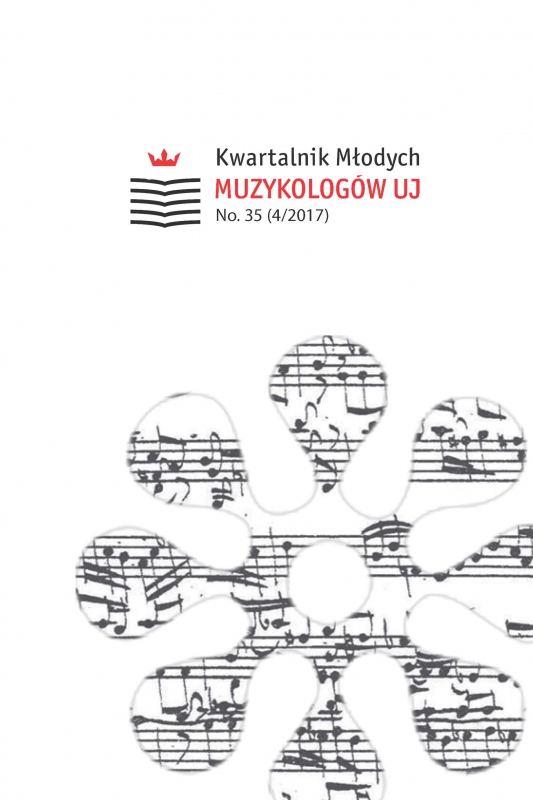
Klejnot miasta zaginiony. Zarys dziejów krakowskiego kościoła Wszystkich Świętych do końca XVI wieku
Jeden z najstarszych krakowskich kościołów, kościół pod wezwaniem Wszystkich Świętych wznosił się na skrzyżowaniu ulic Grodzkiej i Franciszkańskiej. Zbudowany w XIII wieku, był prawdopodobnie budowlą zastępczą dla pierwszej krakowskiej parafii, przeniesionej z kościoła św. Trójcy przekazanego dominikanom. Wiadomo, że prawa parafialne posiadał w roku 1327, wtedy też po raz pierwszy dowiadujemy się o zasięgu tej najmniejszej, a zarazem najgęściej zaludnionej krakowskiej parafii. W źródłach wezwanie kościoła pojawia się po raz pierwszy w Żywocie św. Stanisława, po raz kolejny w roku 1278 wymieniony został jako świadek proboszcz Arnold. Interesującym faktem jest, że w kolejnym źródle – spisach świętopietrza z 1325–1327 roku pojawia się już dwóch proboszczów, posiadających osobne uposażenie, oraz nazywanych proboszczami części drewnianej i murowanej. W 1490 roku kościół uzyskał tytuł kolegiaty. Wtedy to zostało zniesione podwójne proboszczowstwo zamienione na dziekanię i preopozyturę. Przy kościele funkcjonowało powołane przez bp. Zbigniewa Oleśnickiego Bractwo Ubogich oraz szkoła parafialna datowana na wiek XIV.Zachowane przekazy ikonograficzne, w większości sporządzone w okresie postępującej ruiny kościoła, oraz w czasie decyzji o jego rozbiórce ukazują budowlę dwunawową, orientowaną z płasko zakończonym prezbiterium. Do budowli przylegała wieża, zakrystia, skarbiec oraz kaplica, nazywana capella antiqua. Opis wnętrza kościoła pochodzi z wizytacji sporządzonej w 1599 roku na polecenie biskupa krakowskiego Jerzego Radziwiłła.W związku z decyzją Komitetu Upiększania Miasta kościół został rozebrany w roku 1835. Sprzęty kościelne zostały zlicytowane. Ostatnim jego śladem była wieża, która przetrwała do roku 1840, kiedy to podzieliła losy budowli. /One of the oldest churches in Krakow, dedicated to All Saints, was situated between Grodzka and Franciszkańska Street. It was build in the XIII century, could had been replacement church for first Cracow’s parish, which was transferred from Saint Trinity church. The name of All Saints church was mentioned for the first time in Vita S. Stanislai. The second time in 1278 his rector Arnold was noted. Most interesting fact is that in the Tables of Pence from 1325–1327 you can find two rectors, who had separate salary and were called rectors of wooden and brick churches. In 1490 church got a collegiate title. Than double rectory was liquidated and positions of provost and dean were established. Church was a place where Brotherhood of the Poor created by Bishop Zbigniew Oleśnicki used to work.Our knowledge of churches looks comes from iconography which was made when the building was already a ruin. According to those sources church had two naves, was oriented and had simply completed presbytery. The building had adhered tower, sacristy, treasure and chapel, called capella antiqua. Description of the interior of the church comes from 1599, when Jerzy Radziwiłł, Bishop of Cracow had visited it.According to the decision of the City Beautification Committee, the church was demolished in 1835, and church’s equipment was sold on auction. The tower survived till 1840, when it shared the fate of the rest of the building
More...
